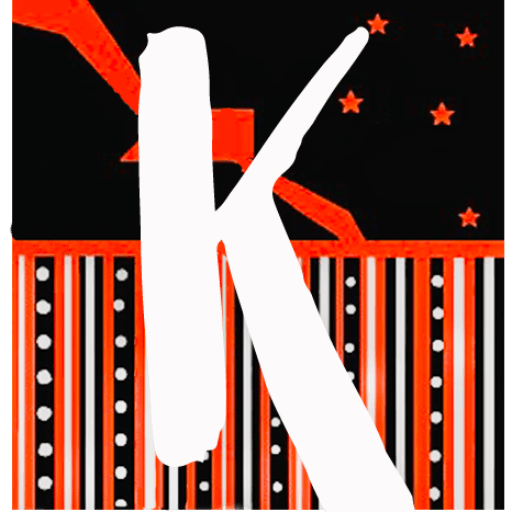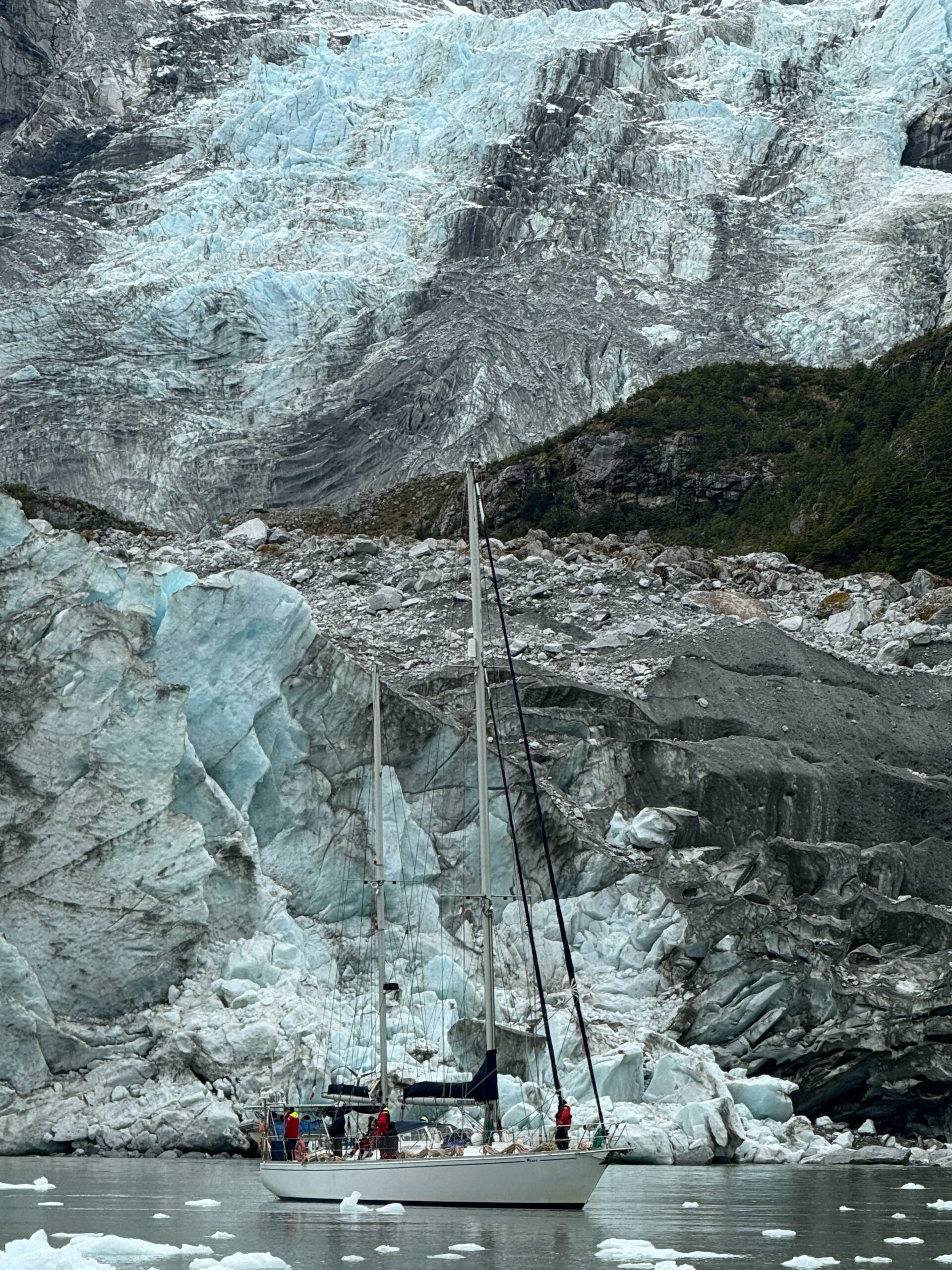Where dreams and encounters become expeditions and shared paths

An association in the field, from Patagonia to the Arctic
Some ideas are born on a map, others in a lecture hall — but Karukinka was born on the road, in the cold, among the squalls of the southern wind and the vibrant silences of the forests of Tierra del Fuego. It was born from an initial adventure in Patagonia, step by step, from unlikely encounters, from a recorder pointed at soundscapes, then toward the voices of those once thought extinct.
The story of Karukinka is written as much on nautical charts as in the fleeting glances exchanged along the way: it’s the story of a dream made real because several people believed in it strongly enough to carry it together, each in their own way. It embodies that spark of wonder we all hold, but don’t always dare to explore, that conviction that we can experience the world differently.
“It’s the slightly mad dream of someone who thinks there are no limits, and a few others mad enough to believe they’re right.”
An adventurous trek in Patagonia, a voice, and a turning point that became a bearing
Karukinka was born from a step, a microphone, a curious gaze upon the world. In 2013, Lauriane Lemasson crossed Tierra del Fuego alone, accompanied by the austral winds—and also by the Indigenous voices many thought extinguished, and the Selk’nam, Yagan, and Haush memories unraveled by official history. What she discovered was not only geographical: it was a living memory, hidden in gestures, songs, and forgotten words.
This was not a remote investigation: science, here, is anchored in emotion and encounter. Ethnoacoustics is not just a tool: it’s the key to revealing the world’s hidden riches, to making the unnoticed audible.
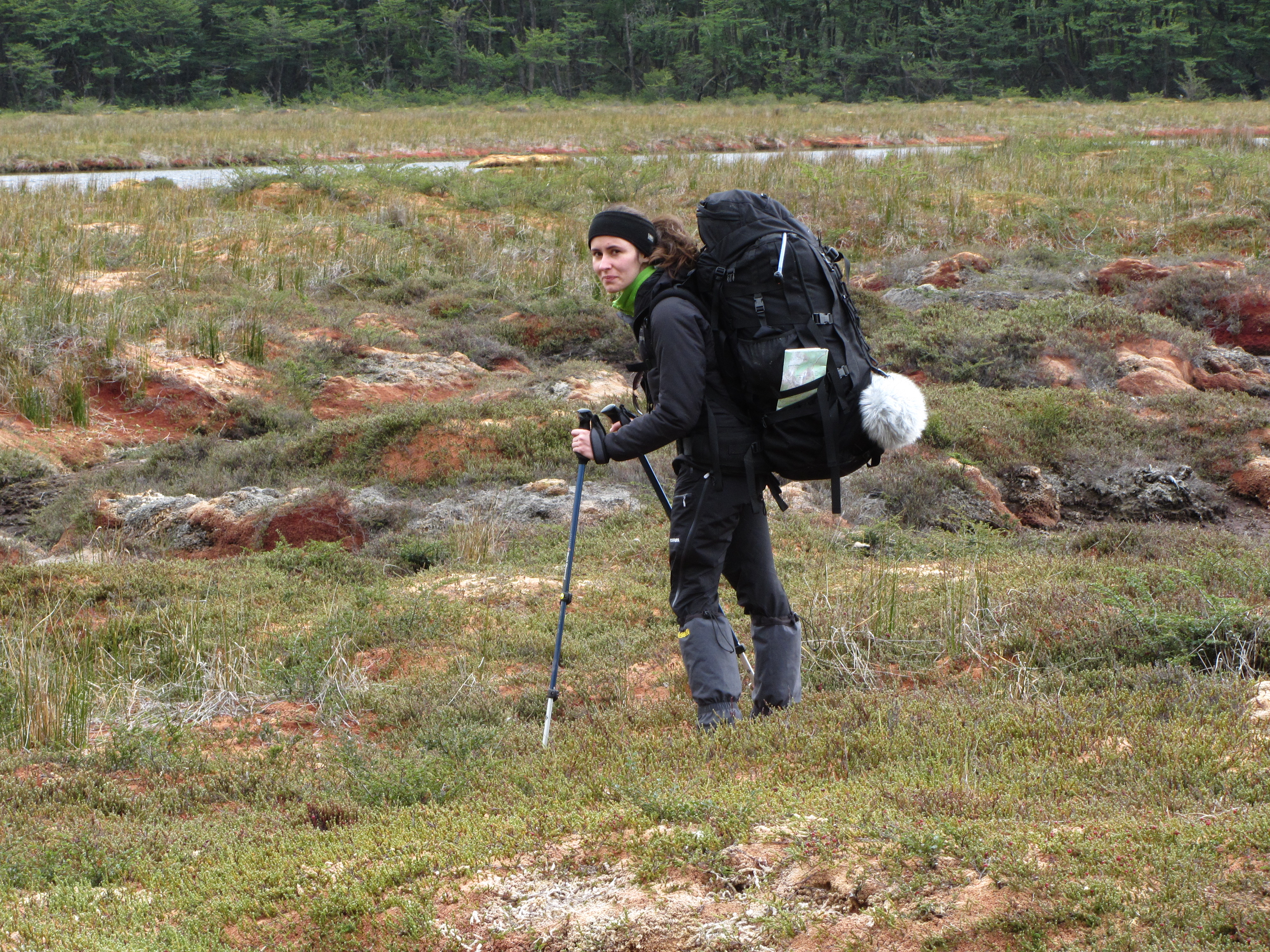
From this odyssey, a simple, powerful idea emerged:
What if we could create a common space where science, art, and traditions cross? Where exploration is no longer conquest, but dialogue? Where curiosity and humility walk side by side?
In January 2014, the Karukinka association was officially founded. It carries the name the Selk’nam give their land:
“Karukinka” – the Land of Fire, “the last land of people.” The symbol is powerful: here, everything begins at world’s end.
“When you represent an (almost) lost cause, you must sound the trumpet, leap onto your horse and attempt a final chance. Otherwise, you die of old age, sad, in the depths of the forgotten fortress that no one besieges anymore because life has moved elsewhere.” — Jean Raspail, Le roi au-delà de la mer.
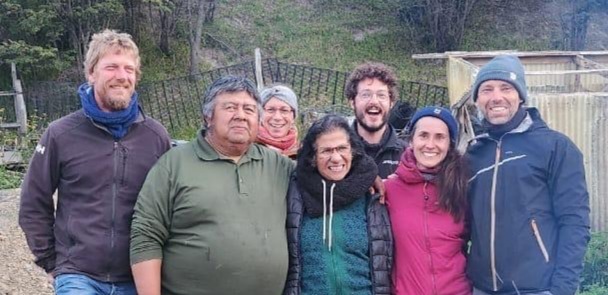
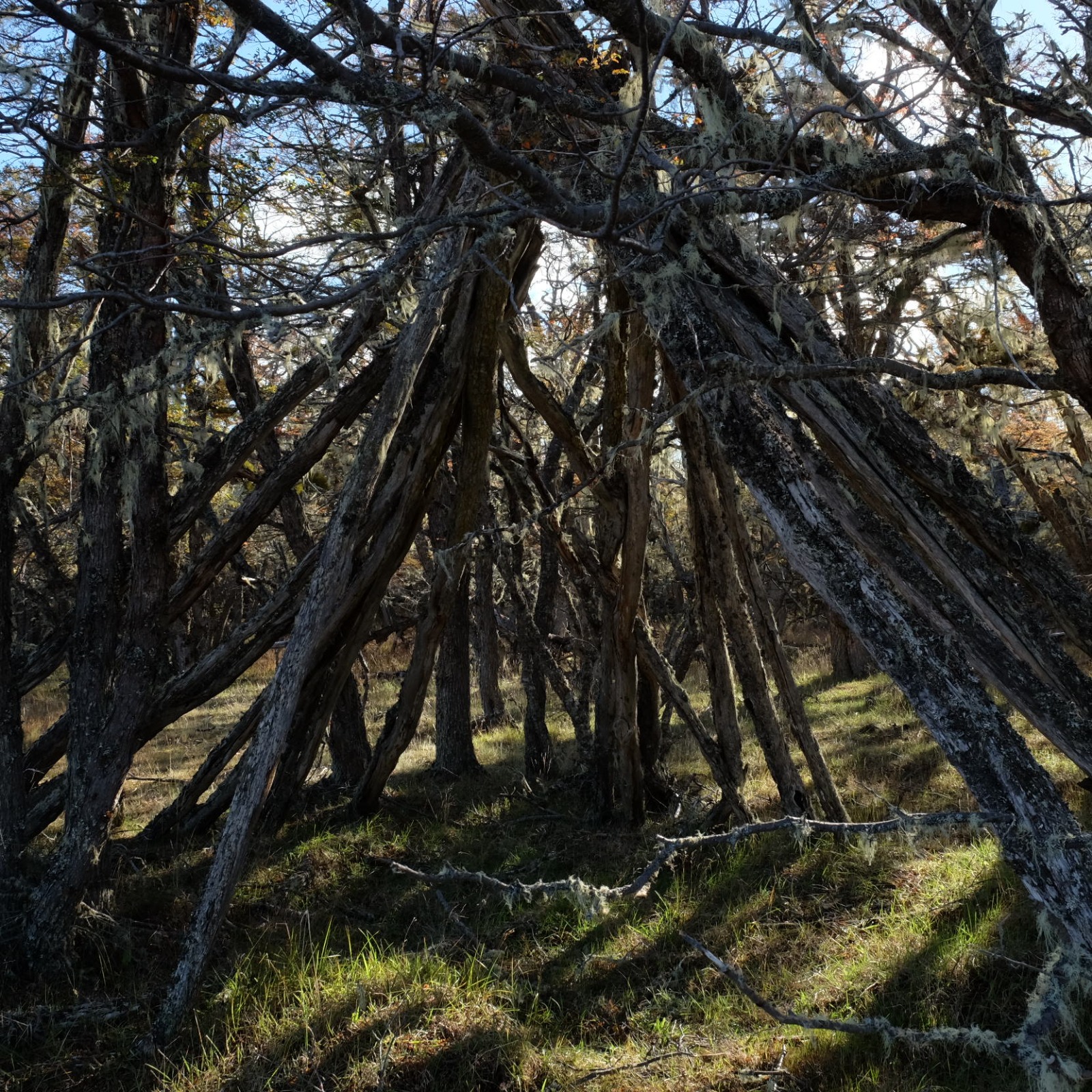
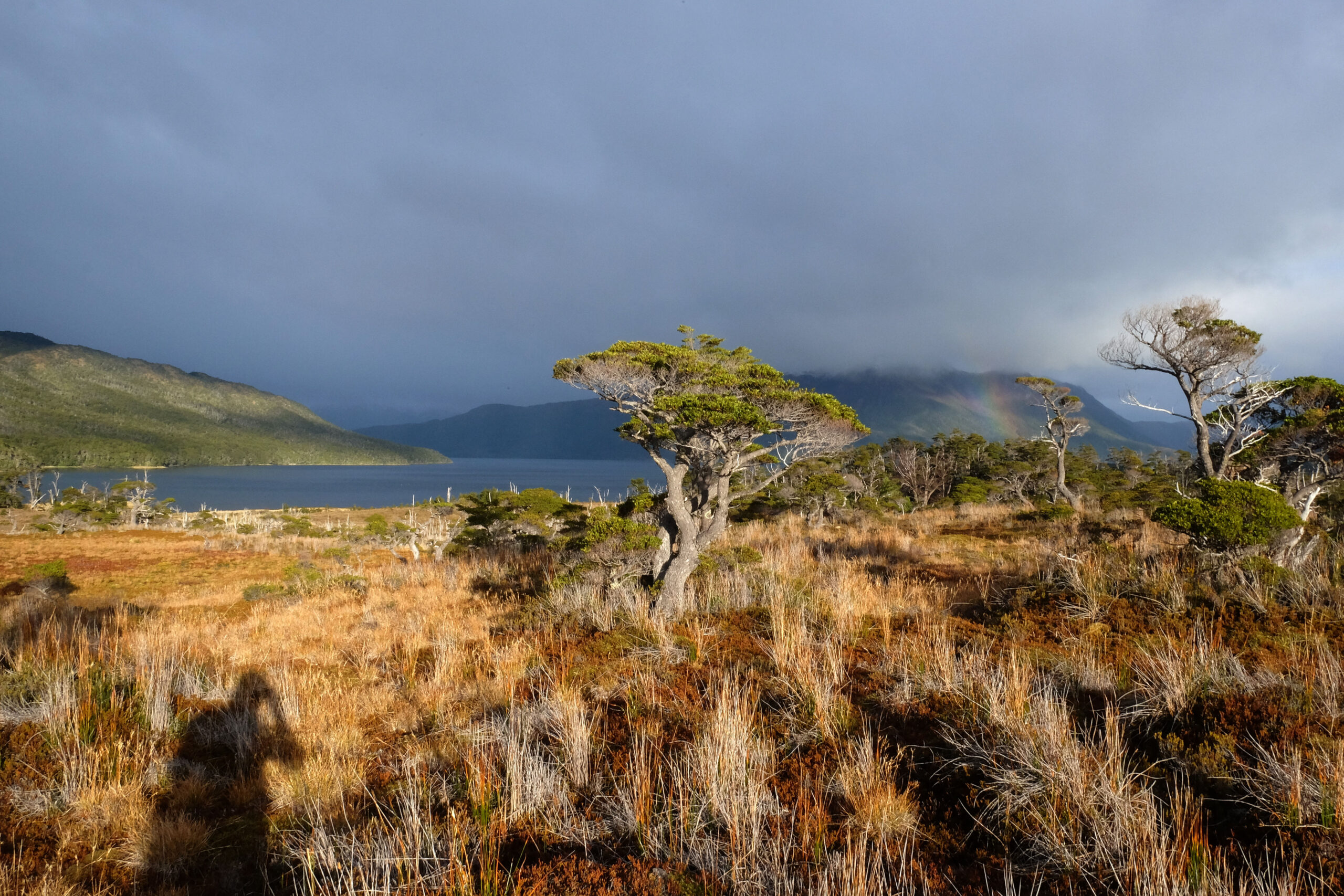
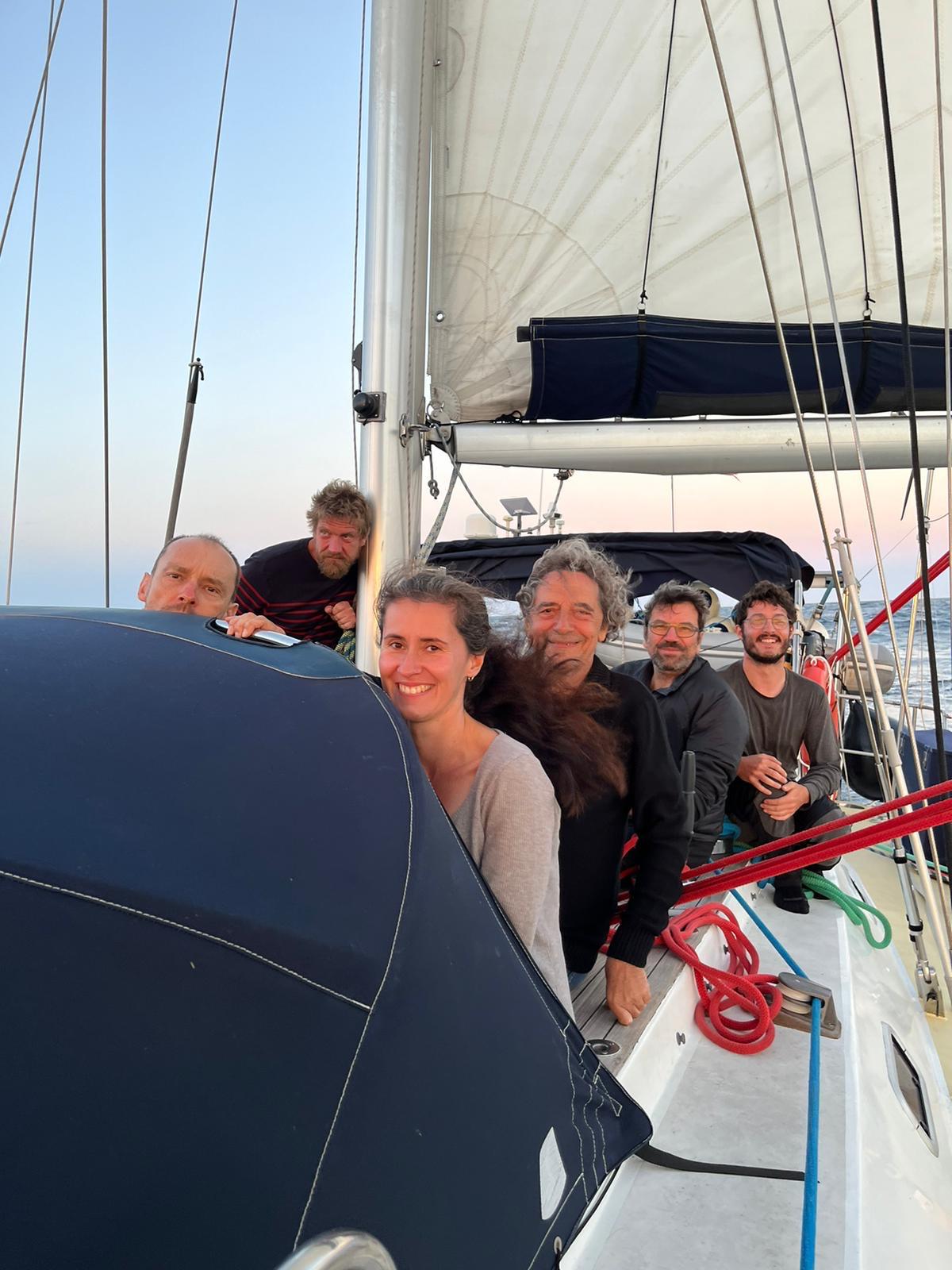
Dreams on the map, people around the table
At first, they were a small group. Lauriane, a few close friends, then sailors, artists, researchers, dreamers, and activists. Everyone gave what they could—after work, modestly, but always wholeheartedly believing in it.
Writers supported and sponsored the adventure from 2014: Jean Raspail and Jean Malaurie. Bookshelves filled, maps blackened with notes, projects took shape.
But Karukinka is not just science or activism. It’s a living place between knowledge and lived experience, a fluid space where everyone can take part: one foot on the land, one foot aboard, heart between the two.
Unique people gather around this vision.
Other callings, other lives, other stories are woven around it. Karukinka draws together people you’d never assemble elsewhere.
Aboard the Milagro sailboat, there’s a baker learning to recognize the exhalation of whales, an IT specialist discovering how to handle the sails, a young Argentine realizing for the first time that his story resonates in Europe, an ethnologist dreaming of redrawing maps, a sailor discovering the silence of fjords as a prayer, a Selk’nam grandmother passing on the memory of her people so others can hear it.
Karukinka is a community of researchers, artists, Indigenous people, youth, elders, sailors, and dreamers. It’s a shifting mosaic where each person adds a piece: science, cooking, drawing, botany, mechanics, storytelling—even doubts or silences, sometimes. All are bound by an invisible thread: the will to marvel together, to learn sincerely, to care for the world—and for each other.
Living, embodied, shared science
Because Karukinka is also a nomadic scientific base. There, we explore the links between humans and the environment, rigorously but without arrogance. We record the sounds of life. We map names forgotten by official charts.
Scientific activities are in-depth, sensitive, field-based, and transversal—a far cry from sterile labs:
– Soundscapes of Patagonia and the Arctic (over 500 hours of sound archives).
– Linguistic and toponymic mapping of 3,000 terrestrial and marine sites (Selk’nam, Yagan, Haush).
– Ethnological and bioacoustic field research in the fjords from the Strait of Magellan to Cape Horn.
– The programme “Voces de las Abuelas”: a vast project of collecting and returning ethnographic archives to those they belong to. One does not steal memory; one gives it back, shares it.
– Workshops and mixed crews, where everyone becomes a stowaway in science: botanists, novice sailors, storytellers, high schoolers, acousticians, fishers, dreamers…
Here, disciplines don’t just add up, they come together in a shared narrative collectively woven.
A boat as a base camp and tool for international action and Patagonia sailing expeditions
No one is surprised that science here happens on a sailboat. In 2023, thanks to association members’ support, Karukinka acquired Milagro, a 20-meter Swedish ketch. Laden with water tanks and dreams, it becomes a floating base camp, a refuge, a marker, a sailing school, a creative studio.
In 2023, Cap Nord – Cap Horn was launched. A crazy project, partly funded by the Mondes Nouveaux program (Ministry of Culture), that sails from the Arctic to the ends of Patagonia. Over 20,000 nautical miles covered in two years to connect northern and southern voices. On board: scientists, Indigenous peoples, novices, lovers of words, distance, and waves.
Aboard, you’ll meet unique individuals:
– Lauriane, Karukinka’s founder and seeker of the unexpected, is always learning and weaving disciplines to spark new ideas and imagination. With her, the only limit is what hasn’t yet been dreamed!
– Damien, as rigorous as he is generous, capable of reassuring in a storm or making you understand the importance of details in every maneuver. When he takes on a project, it’s with body, soul—and, if possible, plenty of wind and ice.
– Sébastien, an unwavering supporter of the association and wild projects from the start. A geologist by training, passionate about exploration and committed expeditions since childhood. He grumbles when the weather is rough but always comes back for more, and always makes us laugh.
– José, Yagan, living memory of his people, offers what no archive ever could: tone, smile, nuance, humor as much as a sense of deep time and silent observation—and memorable fishing trips.
– Mirtha, Selk’nam, the grandmother passing on her family’s memory, and more generally, her people’s history. She embodies the transmission and fight for truth as much as the joy of life and laughter.
– The anonymous ones who dare to board, unaware that they will become explorers themselves: students, artists, families, the curious—each, for a time, rekindling the little explorer that slept within.
Because Milagro is not a racing or luxury boat: She is a vessel for learning, slowness, and openness.
A way to live and act
Karukinka is built on ethical, modest, and resilient foundations:
-
Accessible nautical training
-
Open partnerships with universities, museums, schools, artists
-
A growing fleet
-
Mixed funding: cultural grants, project funding calls, membership fees and solidarity
But beyond the numbers, it’s a place of transformation. Those who come aboard leave changed:
“For a journey or a long itinerary, Karukinka is allowing yourself to feel a little more alive.”
What Karukinka brings to the world:
– Giving a voice to the forgotten.
– Passing on a livable world that we observe with care.
– Marveling like children who already know, and relearning like adults who listen.
– Creating a space for exploration where science and humanity are inseparable.
– Improbable encounters with those we’d never thought to meet.
And tomorrow?
Karukinka’s projects are long-term and unfolding:
-
Mobile scientific bases, two sailboats, between the Arctic and Antarctic
-
Passionate people and projects embarked in both hemispheres
-
Multilingual translations to return archives to Indigenous peoples and share Patagonian news with Francophone and Anglophone audiences
-
A sensory mapping of remote coasts south of the Strait of Magellan
-
Residencies in Sami, Selk’nam and Yagan territories in 2027
-
Free public access in 2028 to all data collected since 2014: sounds, maps, observations, stories
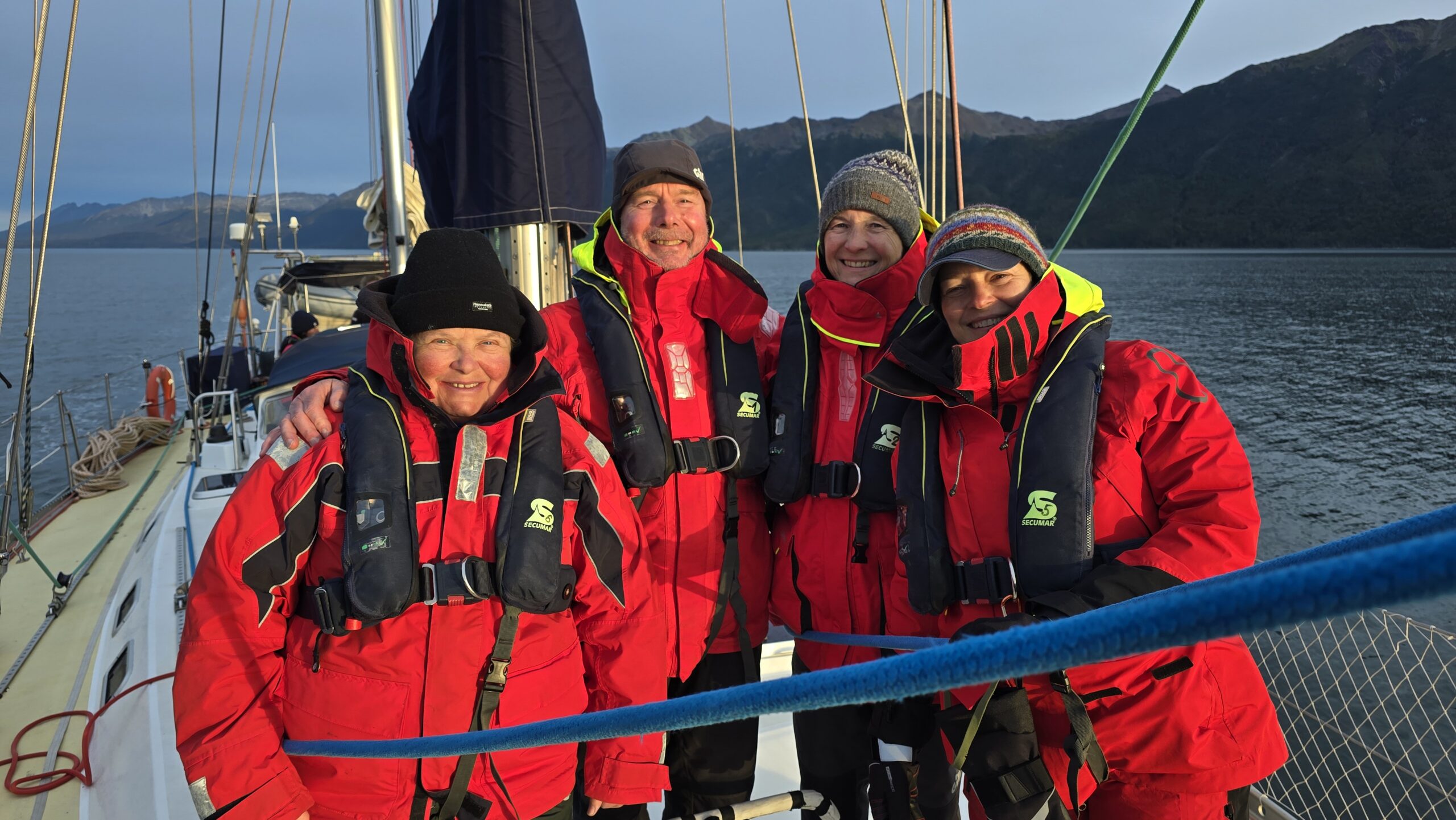
Karukinka is not a destination: it is a movement
In a decade, Karukinka has gone from a solitary trek in Tierra del Fuego to a recognized organization, equipped with an ocean-going vessel and a North/South scientific and artistic agenda.
Its originality lies in the constant weaving of three threads: empirical research, collective creation, and concrete support for Indigenous peoples.
Karukinka’s path proves that a small NGO can have a global impact through independent sailing, academic networks, and cultural exchanges. The “Voces de las abuelas” and “Indigenous Cartography” projects have opened a new cycle: that of transmitting Indigenous knowledge and co-creating a living memory between Karukinka and the communities of the far South.
Karukinka is not just a voyage, an association, or a project. It’s a dream brought to life by many, at the crossroads of disciplines, generations, languages, and ideas. A space for breathing, expedition, healing… a call to inhabit the world poetically, to no longer separate knowledge from mystery, nor science from kindness.
Karukinka is ultimately a shared adventure where science is nourished by humanity, and where humanity is rediscovered through science. It’s a space where people come to learn, share, marvel, and return—changed, heart expanded, richer in friendships, wisdom… and with the certainty that true discovery is encounter.
